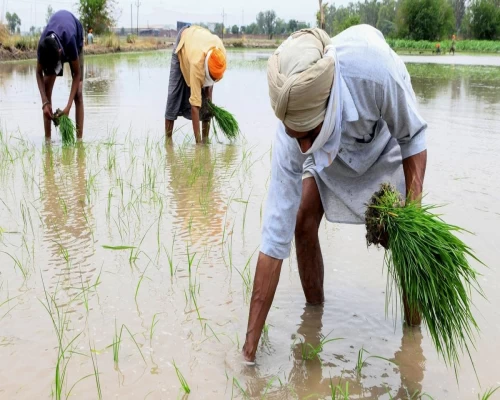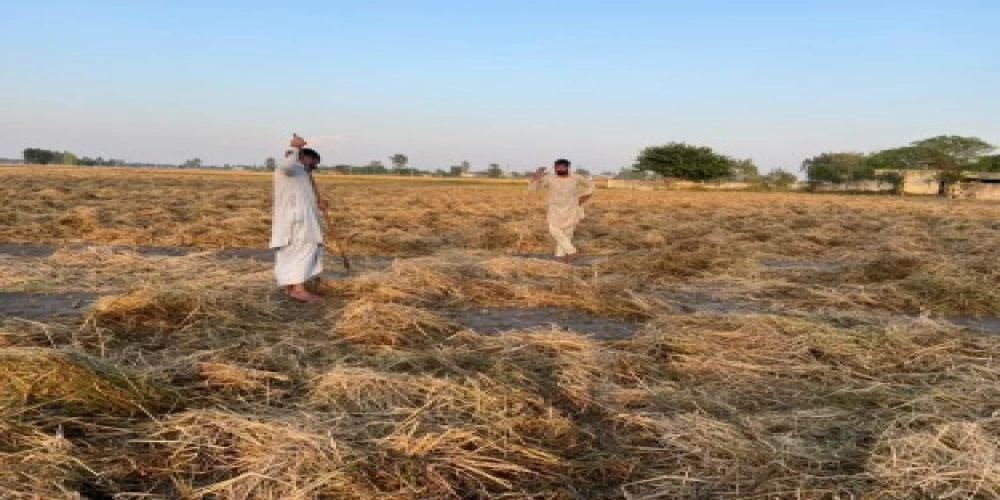
Chandigarh, January 8, 2022: Quietly, a group of committed farmers and experts were working overtime to minimize the menace of stubble burning in Punjab. Their efforts resulted in over 14000 acres of land prevented from the deterioration caused by paddy residue burning this year. A stalling monitoring mechanism was put in place, which ensured zero stubble burning. A successful collaboration of The Nature Conservancy (TNC) and Syngenta Foundation India (SFI), and Agri Entrepreneur Growth Foundation (AEGF) through a network of village level Agri Entrepreneurs.
The success is attributed to farmers of four Punjab’s districts - Mansa, Sangrur, Patiala and Malerkotla. “We’re grateful to farmers who followed our advice and opted for direct planting through happy seeders & super seeders and did not go for stubble burning!,” said Dr Malwinder Singh Malhi, Advisor at SFI. Happy seeders and super seeders are tractor operated machines for the in-situ management of paddy stubble.
Dr Annapurna Vancheswaran, Managing Director, TNC India, said, “We could not have ended the year 2021 on a better note, 14000 acres under the AE program was prevented from land deterioration that would have been caused by paddy residue burning. Our partnership with SFI enabled one third of Agri-entrepreneurs in the program to cover more than 150 acres of land each throughout the paddy harvesting and wheat sowing window of approximately 20 days. For easy visualization, 150 acres of land is as huge as 2250 tennis courts. We are starting 2022 with high expectations and seek to increase the percentage of AE’s in the program covering more than 150 acres of land to two thirds, which would also increase the acres covered.”
Dr Malhi informed that 140 agriculture entrepreneurs (AEs) helped in scripting this milestone as they succeeded in convincing farmers about the devastating impact stubble burning has on the soil, destroying its vitality. The AEs used happy seeders and super seeders machines for wheat sowing. “Finally, there was a good response from farmers, and they extended all support. They are a happier lot today. They have saved a lot of money on fertilizers without compromising the quantity of final yield. In fact, the yield has been much better,” added Dr Malhi.
AEGF’s CEO, Rajendra Jog is upbeat, and said, “Through our Agri entrepreneurs in Punjab, we have been able to educate farmers about multiple benefits of proper use of happy seeders through extensive awareness and capacity building initiatives. We also improved access to residue management machines, which was one of the keys to its success. It was really satisfying to note that our efforts this year resulted in no stubble burning in 14000 acres of farmland in Punjab.”
Sharing his experience, Gurdeep Singh, AE, Patiala district, said that farmers are very happy. “The crop yields have remained intact and in fact, farmers have saved a lot of money on fertilizers. The fertility of soil enhances if the stubble is not burnt. Farmers have realized this fact and have stopped burning stubble,” said Gurdeep. Agreed Jugraj Singh, a farmer, and said that stubble burning is bad not only for the soil but also for the environment. “Every farmer is happier now,” added Jaydeep Singh, a farmer from Sangrur.
Dr Malhi said that a wholesome approach is required in dealing with the menace of stubble burning in Punjab, which is possible only when all stakeholders come together. “We are getting all support from Punjab Agriculture University, Deputy Commissioners, and the Department of Agriculture as well. As a result, we are reaching out to more and more farmers. Last year, only 1000 acres of land had been covered, which has gone up to around 14000 acres now. Next year, we are targeting around 40000 acres of land,” he said.
Baldev Singh, Joint Director, Agriculture Department, Punjab, is all praise for this initiative by TNC, SFI and AEGF. “They are doing a fantastic job. The results are tangible and encouraging. We are happy to help them,” said Singh, adding that a positive message has gone down to farmers that managing stubble is easier and good for soil while burning them causes irreparable damage to the soil.
According to Dr Malhi, the cost for managing stubble is around Rs 1500 per acre. “It is the support from all stakeholders like SFI, TNC, AEs, farmers, PAU and Agriculture Department, which has made this project successful in Punjab. We are also planning to help farmers in Haryana in managing stubble,” said Dr Malhi.
Jog added: “We are extremely happy to be associated with the TNC program that aims to end paddy residue burning practice in Punjab and Haryana by 2024 to benefit farmers and the environment. The use of happy seeders as an alternative to crop residue burning not only helps in eliminating air pollution from burning, improving soil health, significantly reducing greenhouse gas emission per hectare and water-saving but also generates an additional profit of approximately Rs 11000 for an average farmer.”
It is worth mentioning that Punjab and Haryana, two principal growers of wheat and rice, have been in the grip of stubble burning for several years now. Both central and state governments have been making best efforts to reduce the stubble burning and this initiative by TNC, SFI and AEGF will provide more momentum in curtailing stubble burning in the two states.


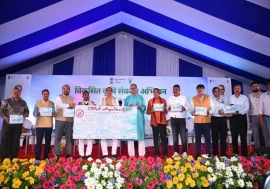

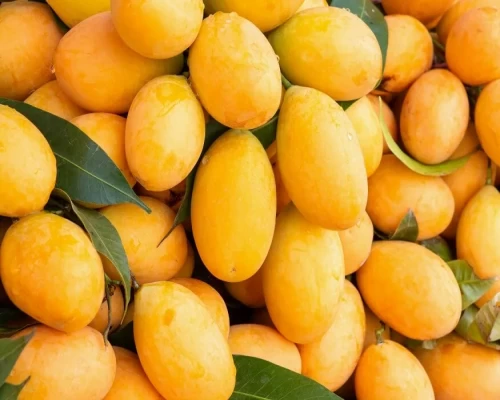



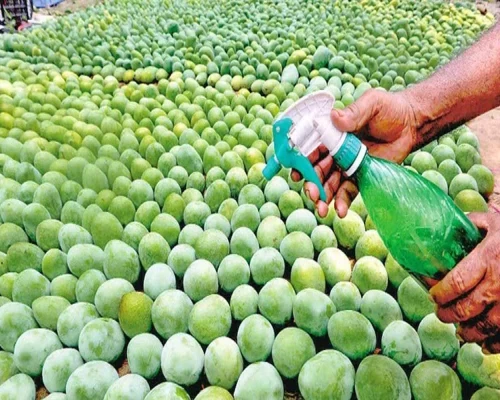
 (13)_500_x_400.webp)
